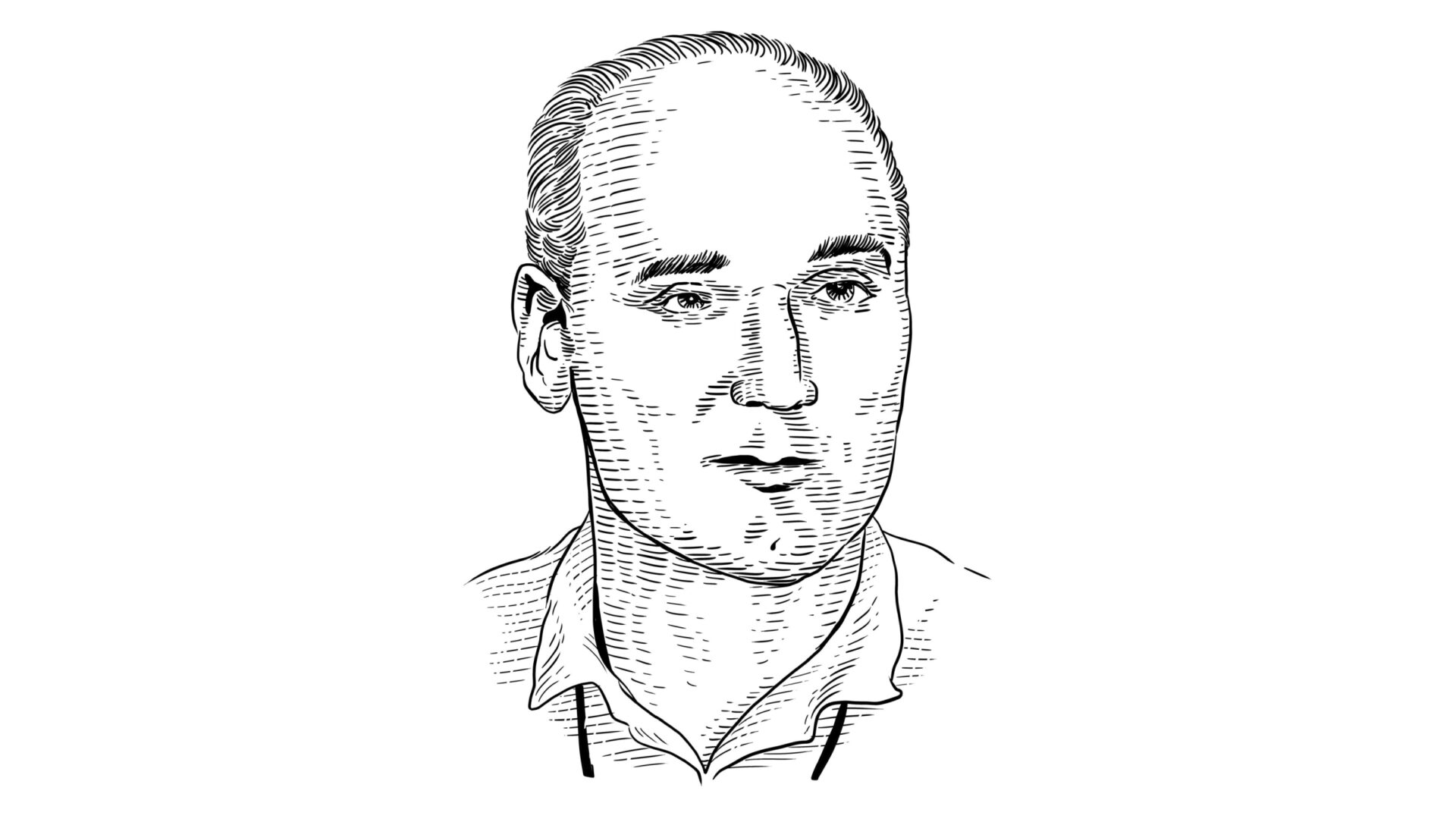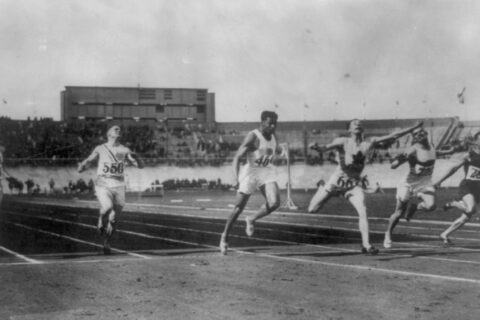Joe Friel details the life and career of one of the most influential coaches in history, someone who redefined performance through science and innovation.
Joe Friel details the life and career of one of the most influential coaches in history, someone who redefined performance through science and innovation.





